Content from the Brookings-Tsinghua Public Policy Center is now archived. Since October 1, 2020, Brookings has maintained a limited partnership with Tsinghua University School of Public Policy and Management that is intended to facilitate jointly organized dialogues, meetings, and/or events.
China has become a major financier to the world. Last year its outward direct investment (ODI) totaled $170 billion and the overseas lending from its two policy banks added another $100 billion. This level of lending can easily be sustained as long as China continues to run current account surpluses in the range of 2 to 3 percent of GDP.
One aspect of the overseas financing is China’s “One Belt, One Road” (OBOR) initiative. This is President Xi Jinping’s idea of supporting infrastructure development in countries west and south of China. The “belt” is the ancient Silk Road from China through Central Asia to Europe. The “road” consists of the sea routes from China through Southeast Asia into the Indian Ocean and beyond. Beijing is hosting a belt-and-road summit on May 14 and 15, which 28 heads of state will attend. OBOR is more a general program than a specific project or set of projects. According to the Hong Kong Trade and Development Council website, there are 68 countries involved in the program.

While the belt and road initiative has received a lot of attention, China’s capital mostly seems to be going elsewhere. Any assessment at this point is tentative because China’s statistics on its outflow of capital leave much to be desired. There are two main types of capital outflow that are relevant for OBOR: ODI, and lending by China’s policy banks, China Development Bank (CDB) and the Export-Import Bank of China (EXIM). The latter finance infrastructure projects and the purchase of Chinese machinery. New initiatives such as the Asian Infrastructure Investment Bank (AIIB) or the Silk Road Fund may eventually become important, but they start out small relative to the two policy banks.
China’s outward stock of direct investment was $1.3 trillion at end-2016. The most recent data that it has published on the cross-country allocation is for end-2015. A main problem of Chinese statistics is that more than half of its ODI goes to Hong Kong. Hong Kong is probably not the final destination for all of that investment, so it would be helpful to know where this part of Chinese investment is allocated. Leaving aside Hong Kong, the top 10 destinations of ODI were: the Cayman Islands, the Virgin Islands, the United States, Singapore, Australia, the Netherlands, the United Kingdom, Russia, Canada, and Indonesia. Of these, only Russia and Indonesia are along the belt and road.
Chinese ODI is similar to much of Western direct investment in that it is attracted to large markets and natural resource wealth, hence it is concentrated in rich countries and resource exporters. After controlling for those factors, there is one important difference concerning ODI: it is uncorrelated with measures of investment risk. Chinese investors seem to be less risk averse than Western investors. That could potentially benefit OBOR countries, but does not appear to have so far. There is significant Chinese investment in risky, non-OBOR countries such as Angola, the Democratic Republic of Congo, and Venezuela. The common theme is that China has been willing to invest in risky environments in search of natural resources. So far, OBOR has not been an important factor in the allocation of ODI. A simple calculation illustrating this is that the 68 OBOR countries had received 12 percent of Chinese ODI as of end-2015; those same countries had received 17 percent of global FDI (2011 data). OBOR is relatively new, so this could change over time. But for 2016, China announced that 8.5 percent of its ODI flow went to OBOR countries (without giving a detailed country breakdown).
One could argue that the lending of CDB and EXIM for infrastructure projects is more relevant to OBOR than direct investment, much of which is inherently commercial. Unfortunately, it is harder to systemically analyze China’s lending because the policy banks do not report detailed information on lending by country. Still, we can glean certain facts. The total overseas stock of lending at end-2016 was $329 billion for CDB and $346 billion for EXIM. The total—$675 billion—is half the level of ODI. The two banks report OBOR-related lending totaling $239 billion at end-2016, that is, 35 percent of their total overseas lending.
China is a very significant funder of infrastructure in the developing world, but it is happening everywhere, not just along the belt and road.
Other studies confirm that much of their lending is going to countries not involved in OBOR. For example, the policy banks lent $118 billion to Latin America between 2007 and 2014: 53 percent went to Venezuela, 18 percent to Brazil, 12 percent to Ecuador, and 12 percent to Argentina. In Africa, China has been a welcome funder of infrastructure to the tune of $5 billion per year at the beginning of this decade, rising to about $10 billion per year more recently. Big borrowers in Africa are Angola, Ethiopia, Sudan, Kenya, and the Democratic Republic of Congo. China is a very significant funder of infrastructure in the developing world, but it is happening everywhere, not just along the belt and road.
In summary:
- The outflow of capital from China is an important phenomenon that is likely to continue;
- The main destinations for direct investment are the usual suspects: Europe and its offshoots (United States, Australia, Canada);
- That said, China as an investor is more of a risk-taker than the West and relatively more of its investment is in developing economies; and
- So far, being along the belt and road has not resulted in more investment than is received by other parts of the developing world.
The Brookings Institution is committed to quality, independence, and impact.
We are supported by a diverse array of funders. In line with our values and policies, each Brookings publication represents the sole views of its author(s).

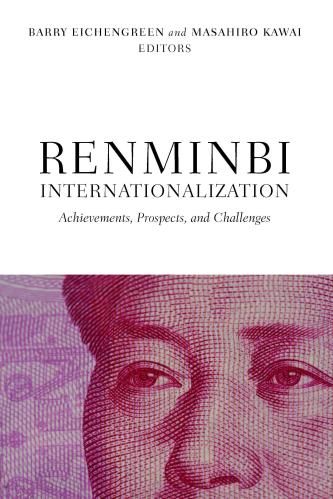
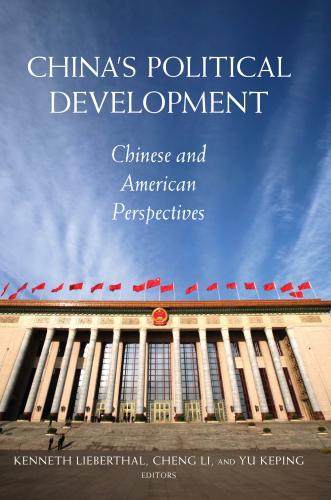
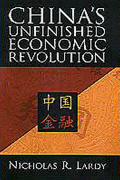
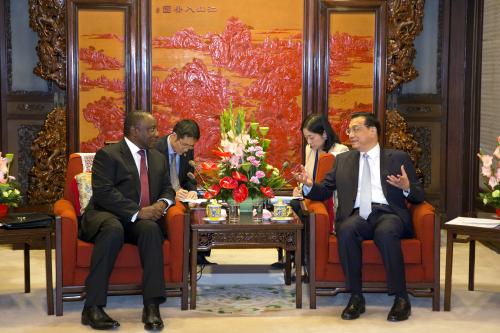
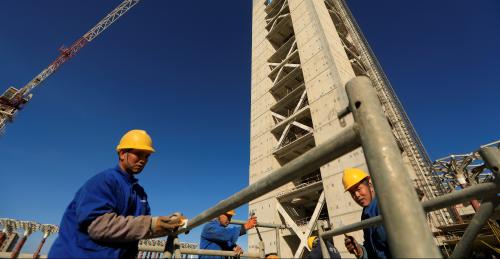
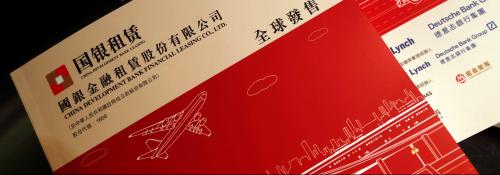

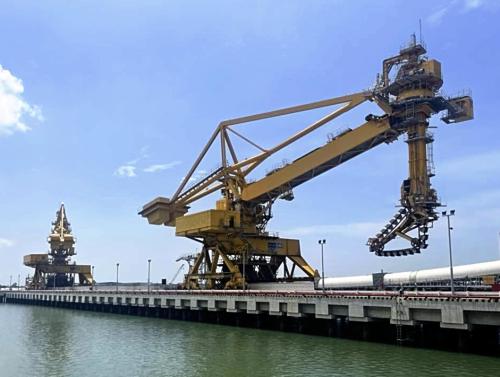
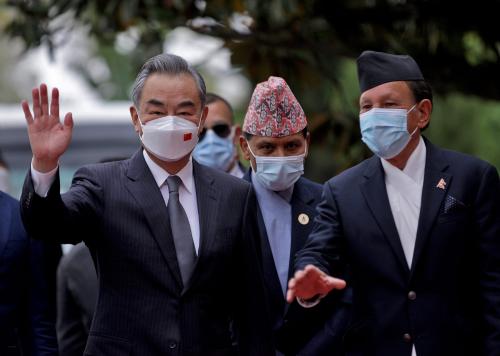
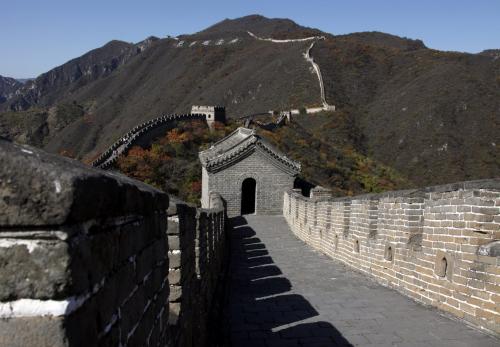
Commentary
Yes, China is investing globally—but not so much in its belt and road initiative
May 8, 2017